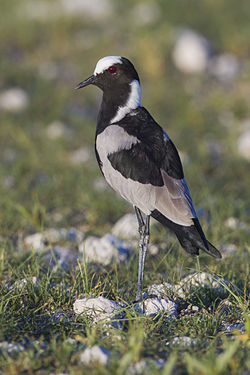This article needs additional citations for verification .(February 2024) |
A summary of 1822 in birding and ornithology.
| Years in birding and ornithology |
|---|
| Centuries |
| Decades |
| Years |
This article needs additional citations for verification .(February 2024) |
A summary of 1822 in birding and ornithology.
| Years in birding and ornithology |
|---|
| Centuries |
| Decades |
| Years |

{{cite journal}}: Cite journal requires |journal= (help)